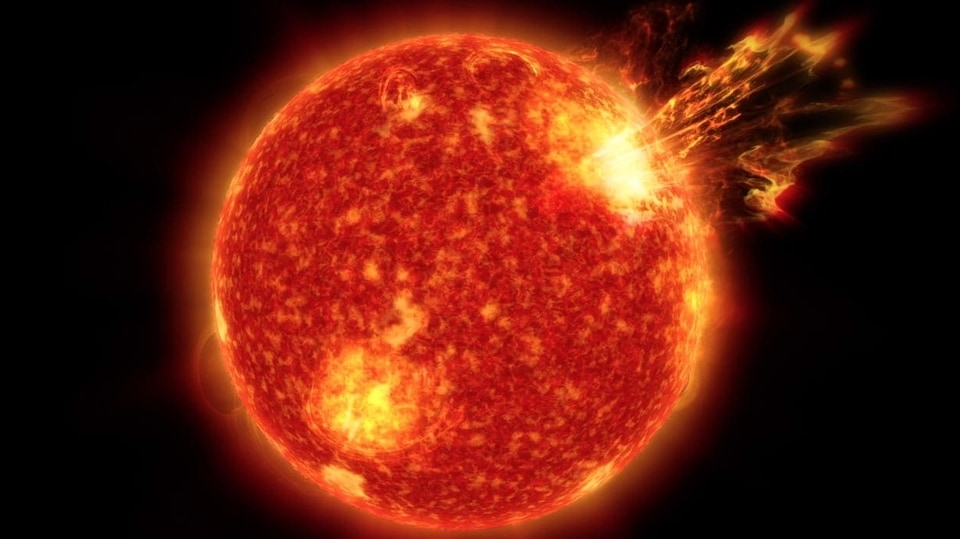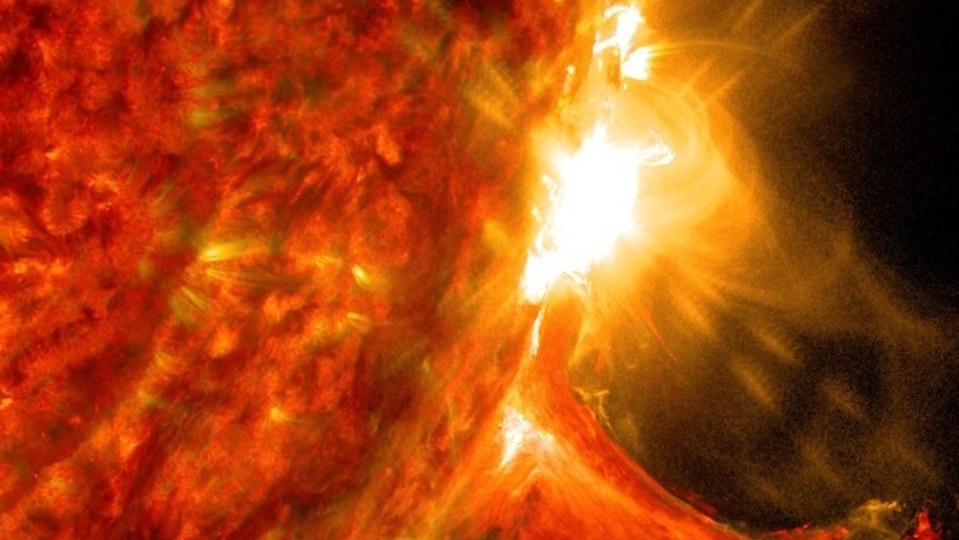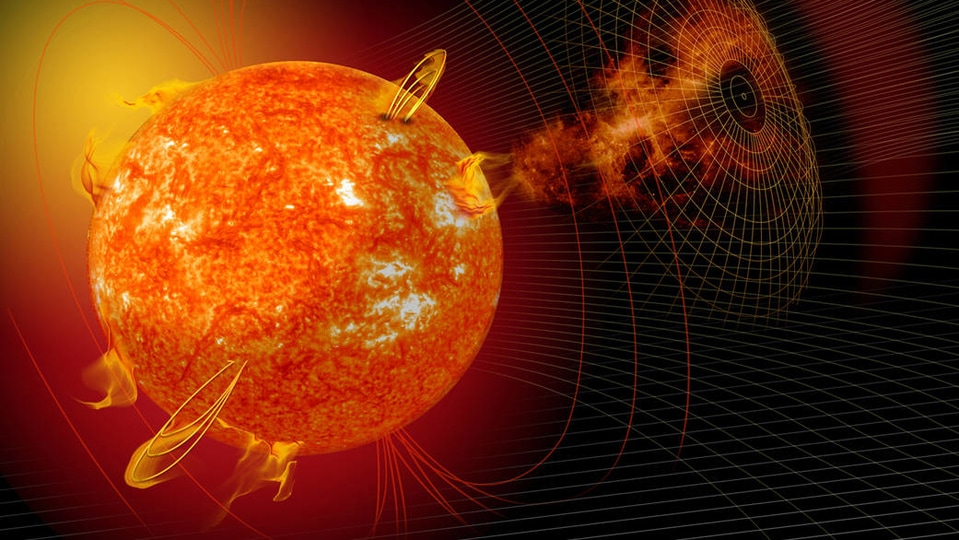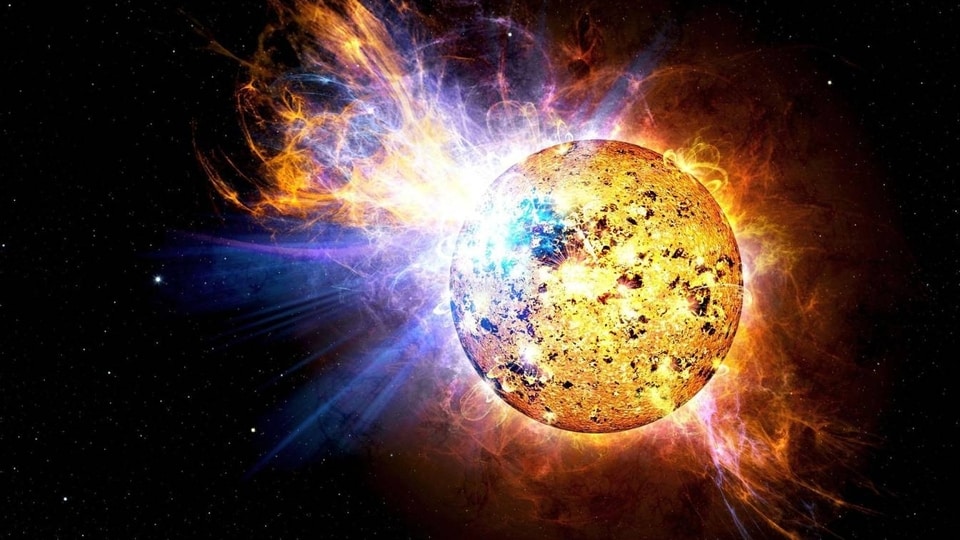Solar storm TERROR! X2-class solar flare explodes, sparks BLACKOUTS over Americas, NASA says
The sunspot AR3234 has exploded again, producing an X2.1-class solar flare eruption, reveals NASA Solar Dynamics Observatory.




_1639373804152_1639373815879.jpg)

 View all Images
View all ImagesFor the third time in less than a month, the American continents have become a victim of the extremely volatile ongoing solar storm activity. The first event took place on February 18 when an X2.2-class solar storm struck North and South America. Then, another M8.6-class solar flare hit the continents on March 1. Now, the unstable sunspot AR3234 has exploded once again producing a powerful X2.1-class solar flare. It was detected by the NASA Solar Dynamics Observatory (SDO). This massive eruption sparked shortwave radio blackouts across the American continents and it is expected that another set of solar storms can be triggered because of it.
The incident was reported by SpaceWeather.com which noted in its website, “Earth-orbiting satellites have just detected an X2-class solar flare (1752 UTC). The source is departing sunspot AR3234. Radiation from the flare ionized the top of Earth's atmosphere, causing a shortwave radio blackout over the Americas”. The timing of the eruption was 11:22 PM IST yesterday, March 3.
American continents hit by radio blackouts, solar storm expected
This solar flare eruption has affected the entirety of South America, Mexico and large parts of the USA and Canada. Both the American continents came under the effect of the radiation coming from the solar explosion. The radio blackout affected independent planes and drones, small ships as well as amateur radio controllers, who all struggled to broadcast and receive communications.
NASA described solar flares as powerful bursts of energy, in its blog post. It also warned that such intense flares and other solar eruptions can impact high-frequency (HF) radio communications, electric power grids, navigation signals, and pose risks to spacecraft and astronauts.
The US Air Force has also suggested that the eruption may have also produced a coronal mass ejection (CME) which could be headed for the Earth to spark further solar storm events in days to come.
The role of the NASA Solar Dynamics Observatory
The NASA Solar Dynamics Observatory (SDO) carries a full suite of instruments to observe the Sun and has been doing so since 2010. It uses three very crucial instruments to collect data from various solar activities. They include Helioseismic and Magnetic Imager (HMI) which takes high-resolution measurements of the longitudinal and vector magnetic field over the entire visible solar disk, Extreme Ultraviolet Variability Experiment (EVE) which measures the Sun's extreme ultraviolet irradiance and Atmospheric Imaging Assembly (AIA) which provides continuous full-disk observations of the solar chromosphere and corona in seven extreme ultraviolet (EUV) channels.
Catch all the Latest Tech News, Mobile News, Laptop News, Gaming news, Wearables News , How To News, also keep up with us on Whatsapp channel,Twitter, Facebook, Google News, and Instagram. For our latest videos, subscribe to our YouTube channel.
































